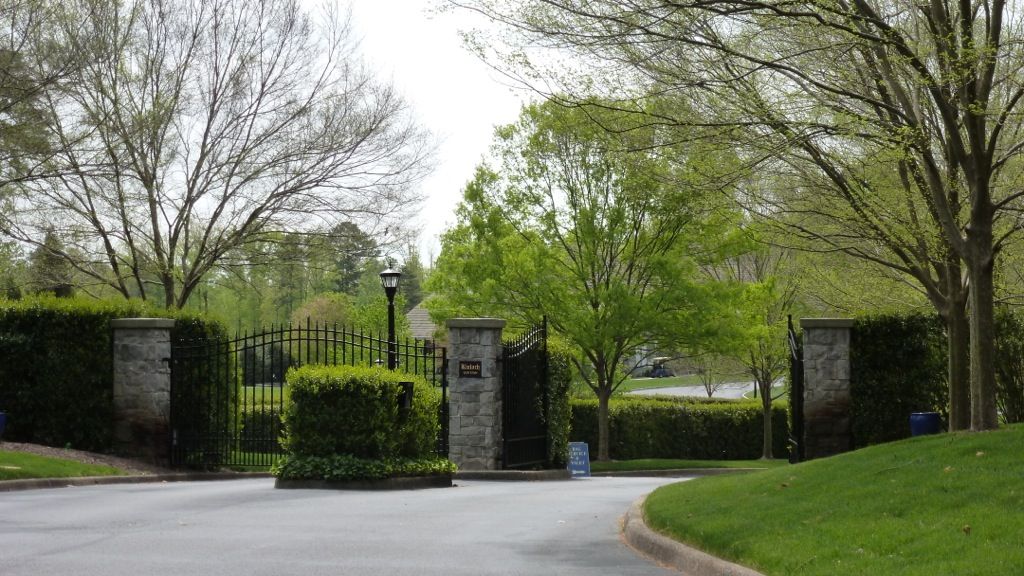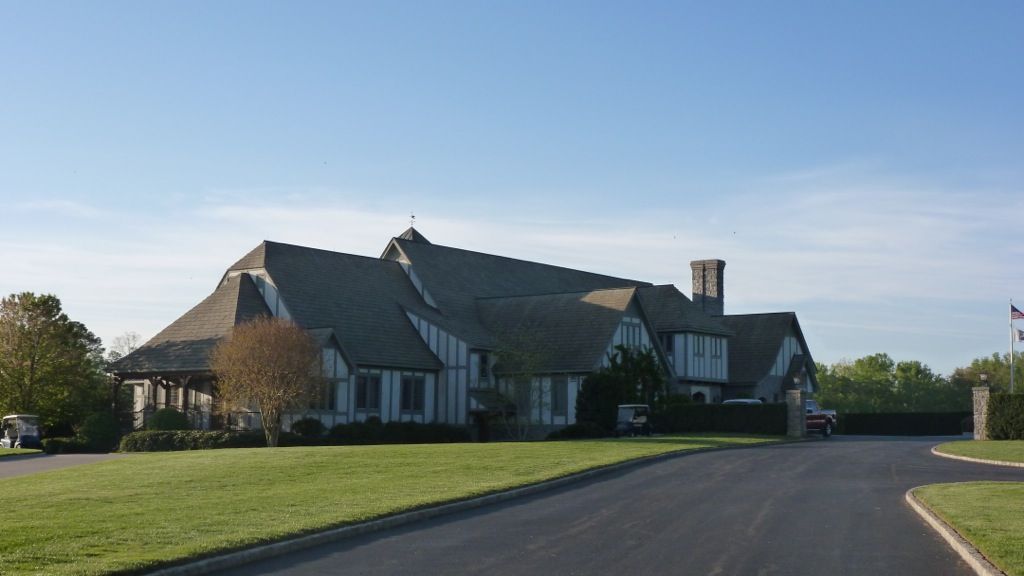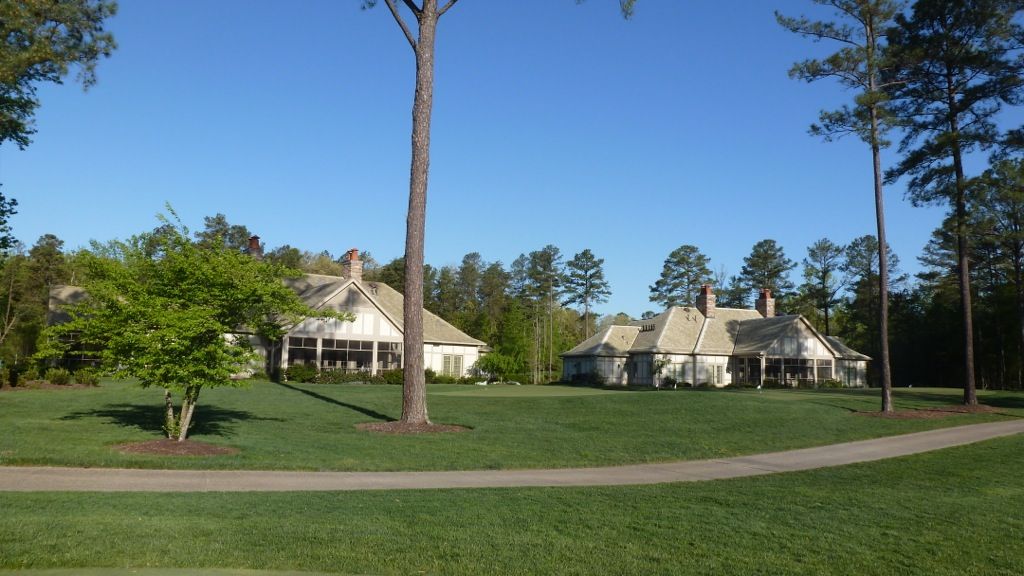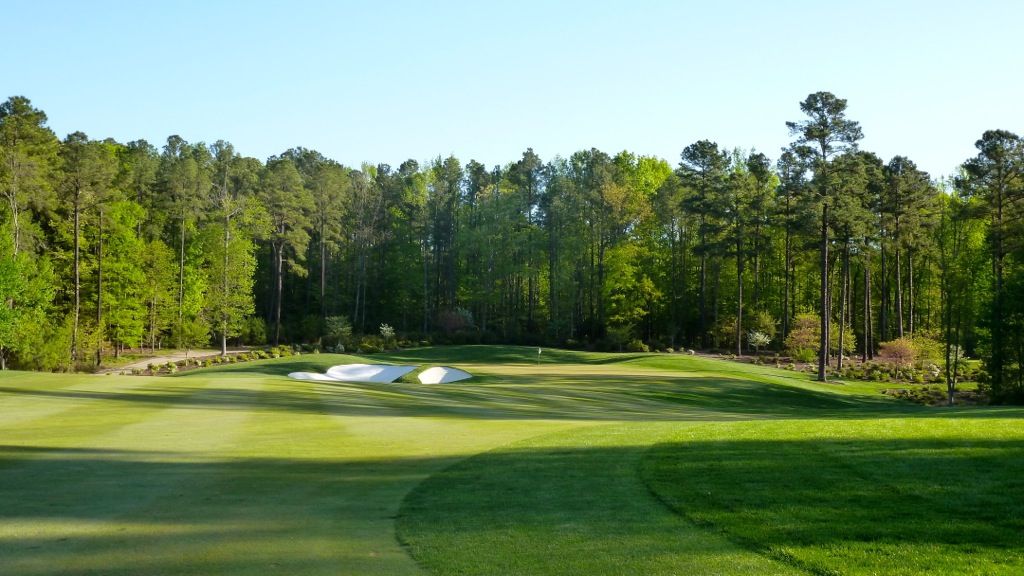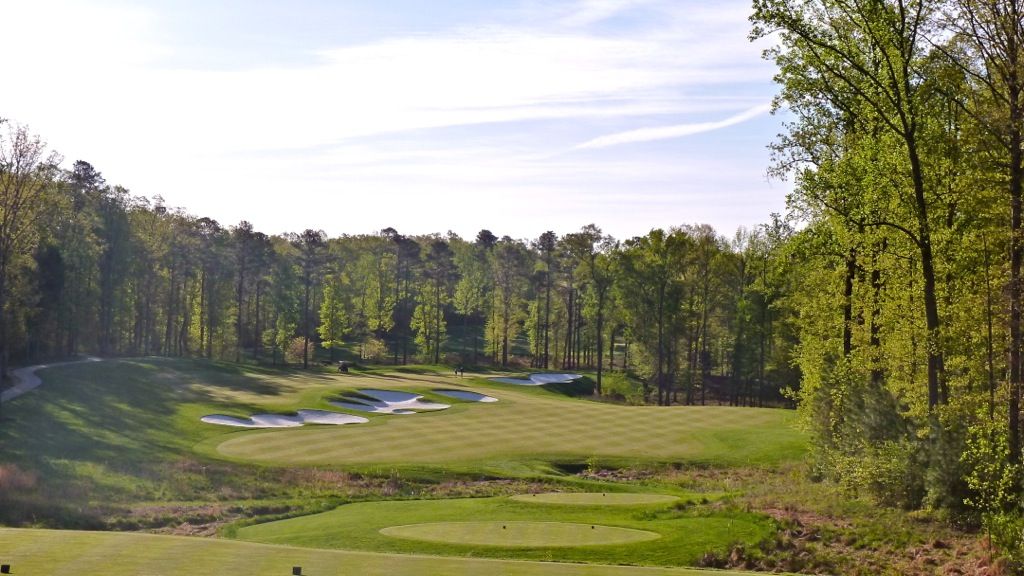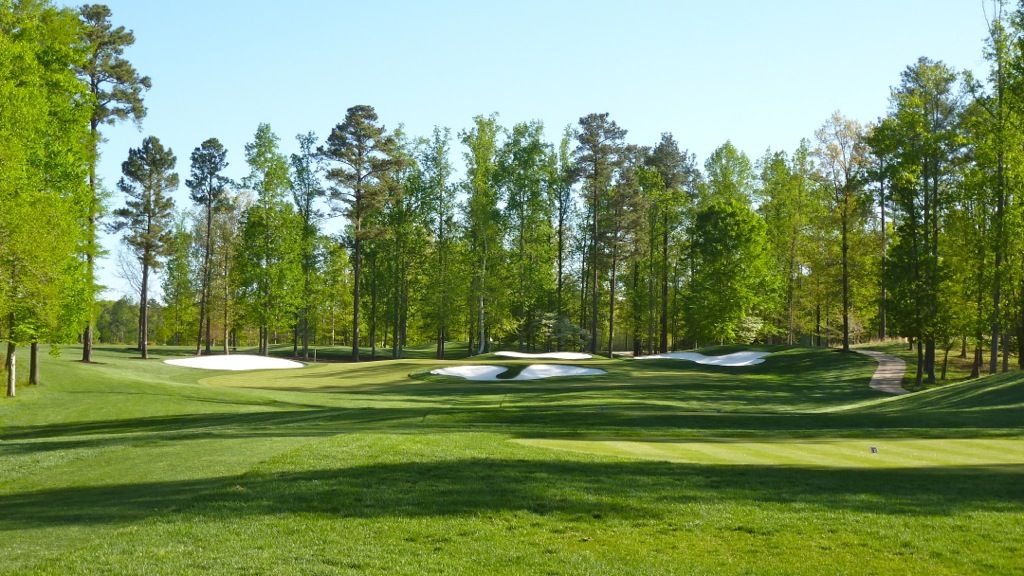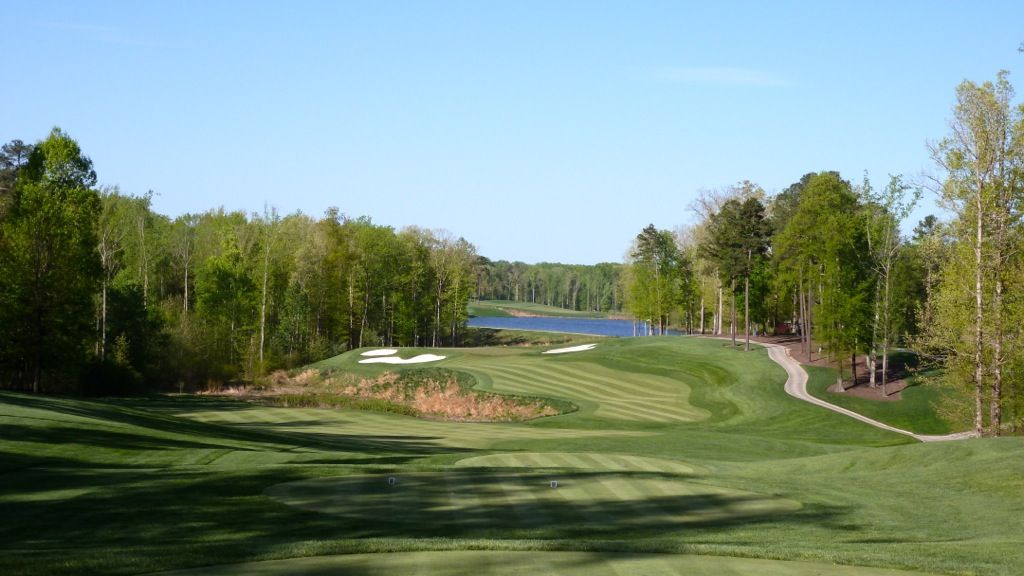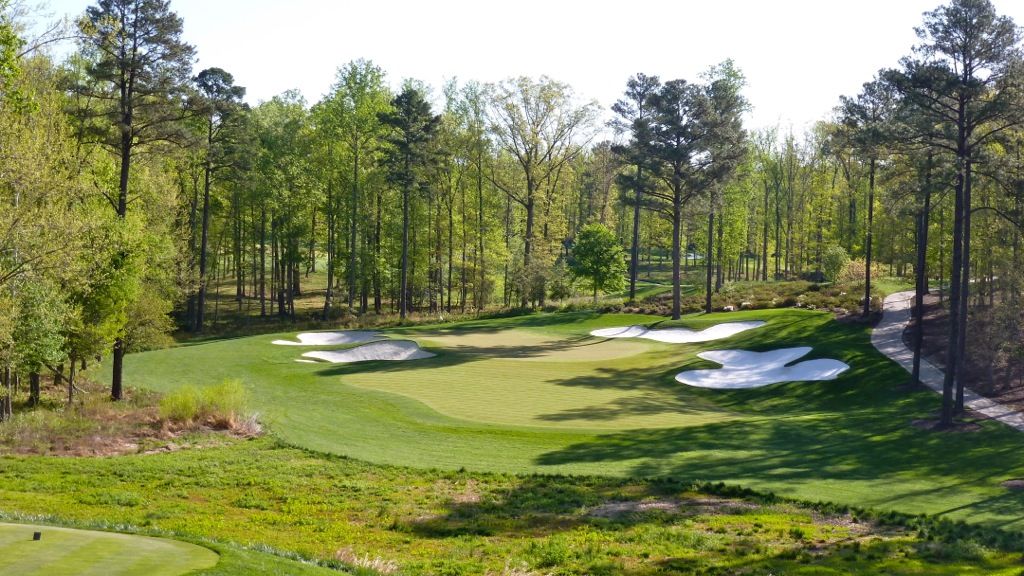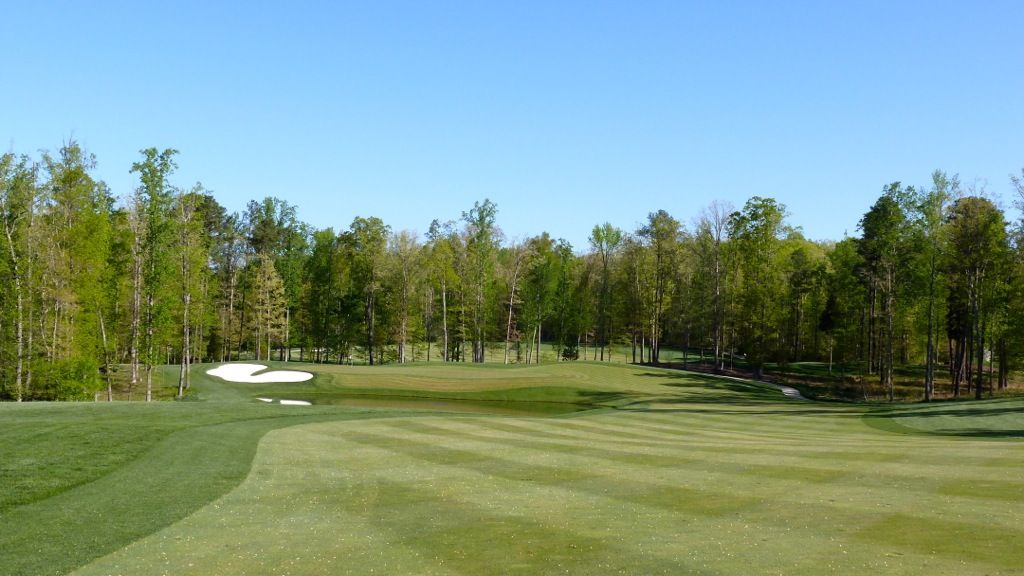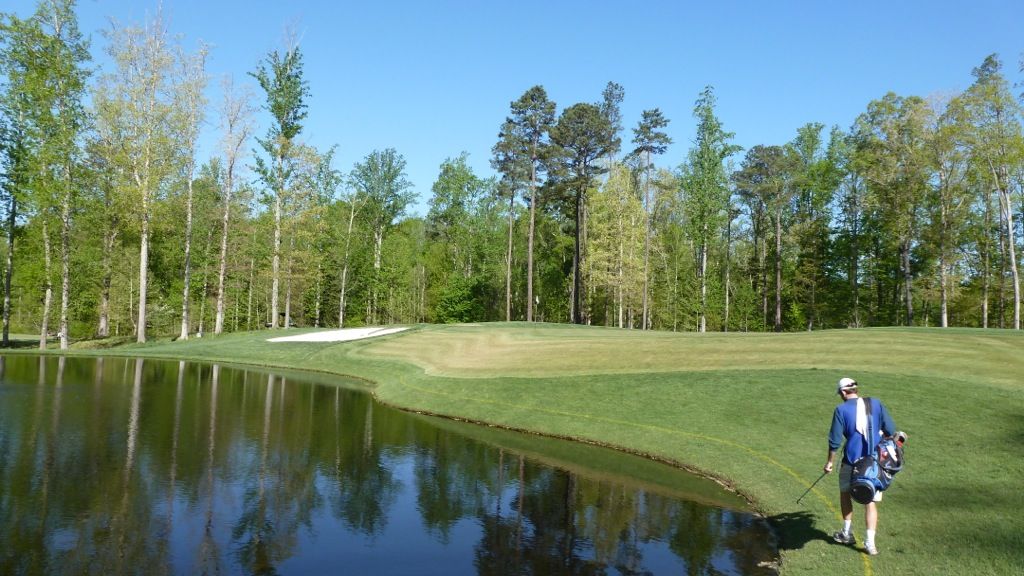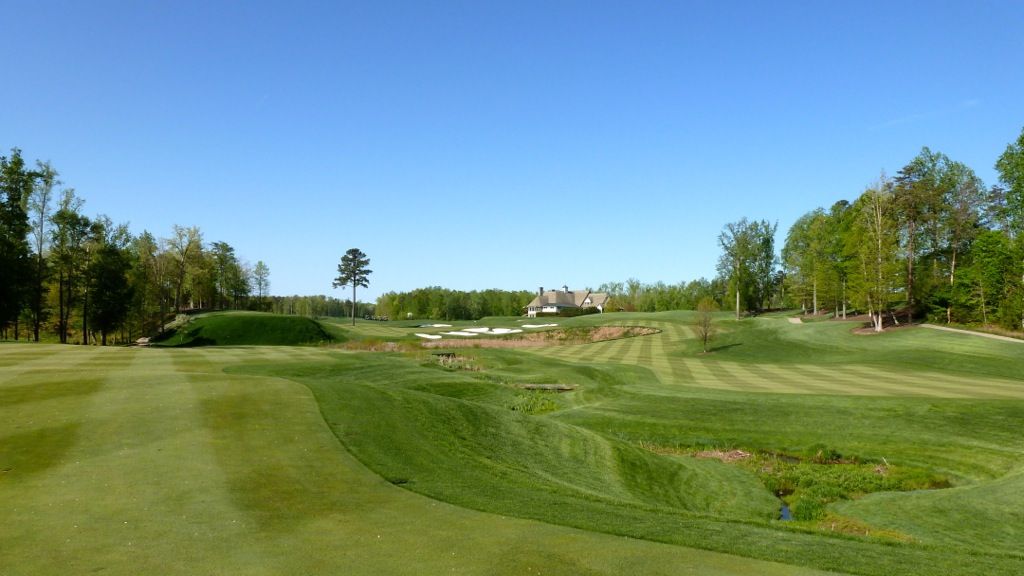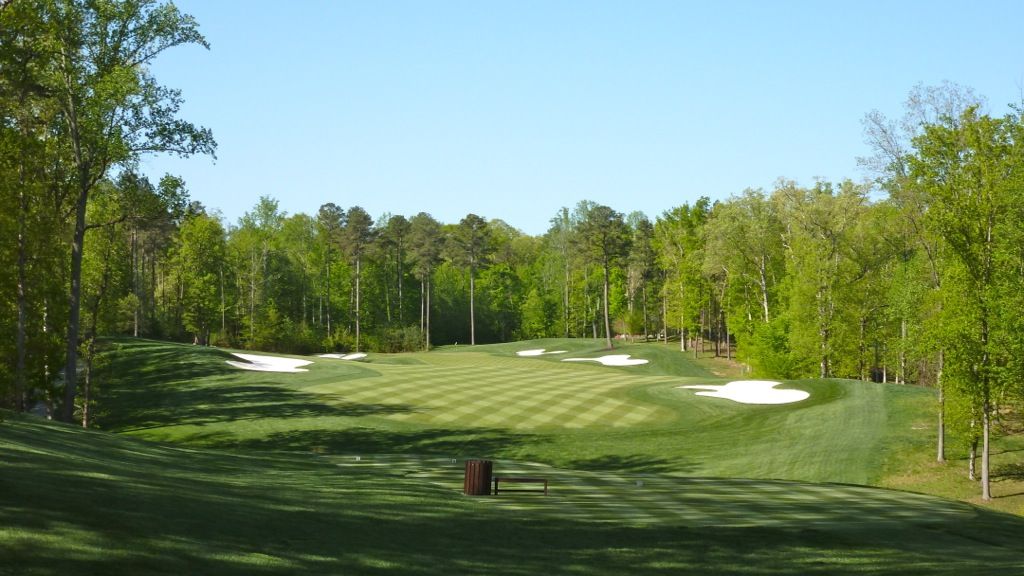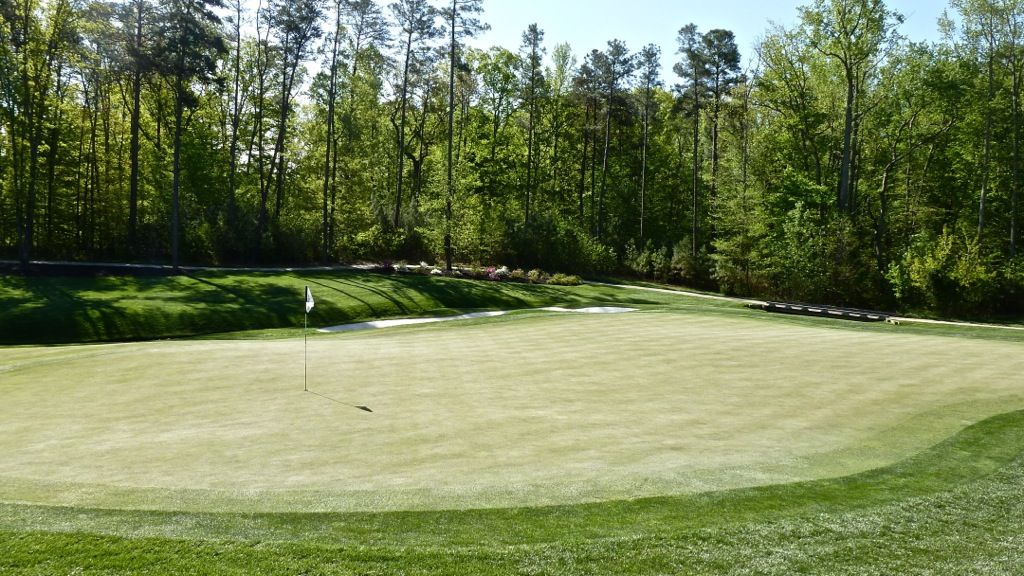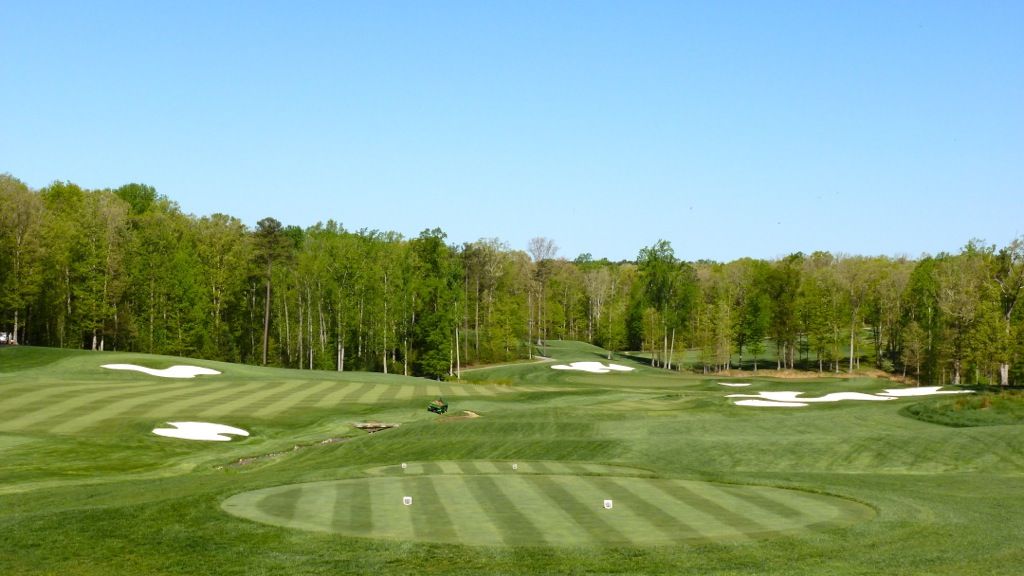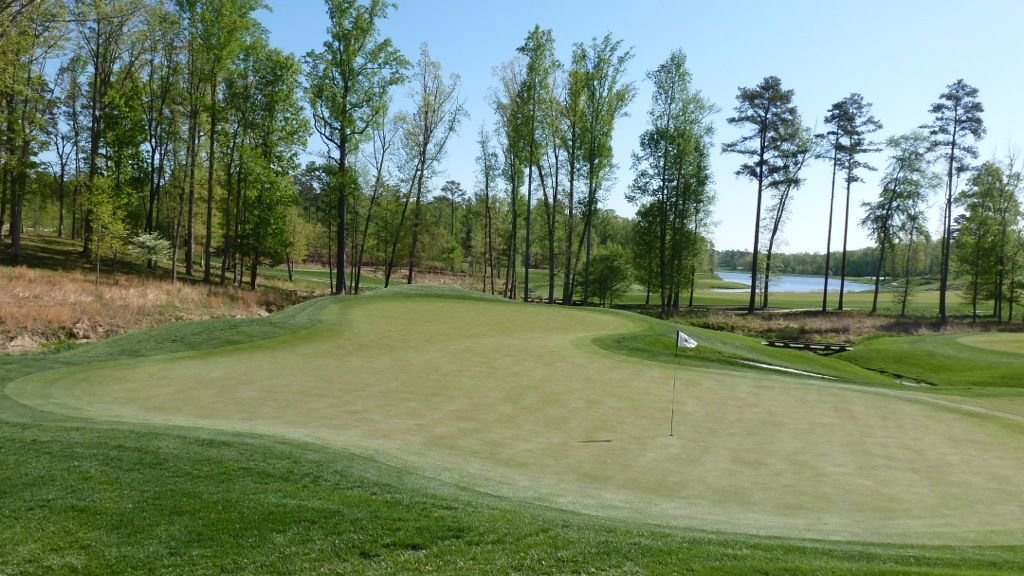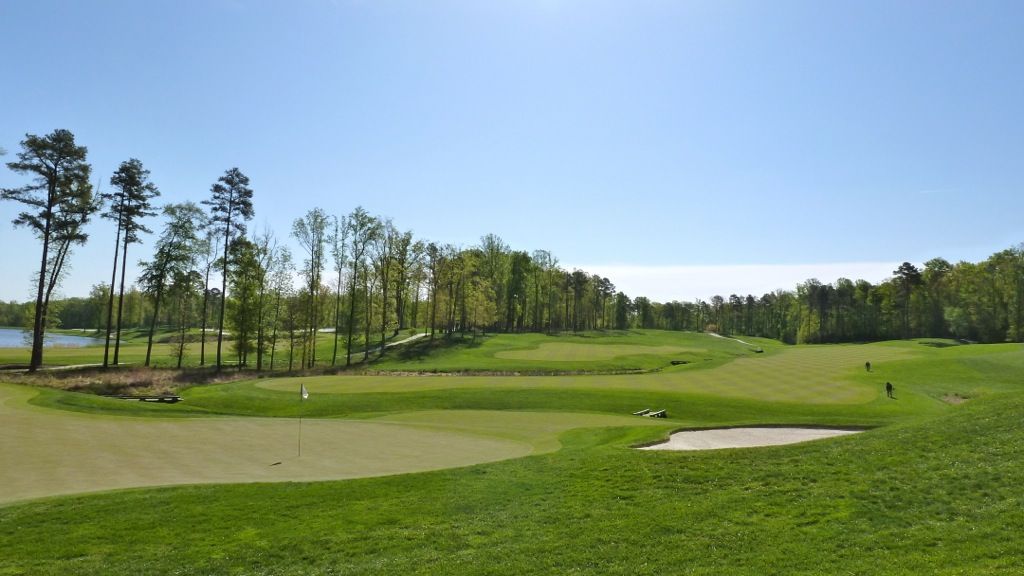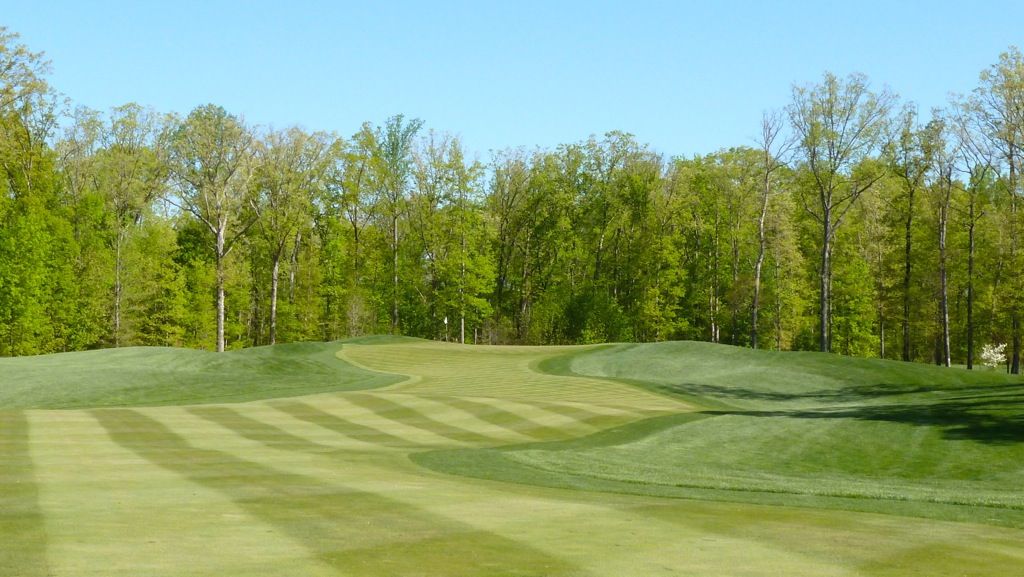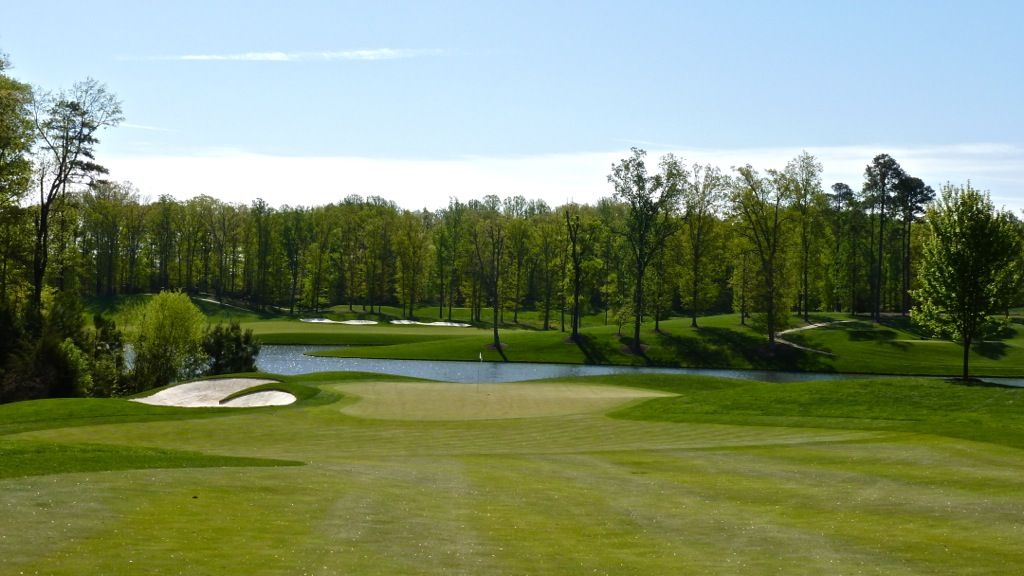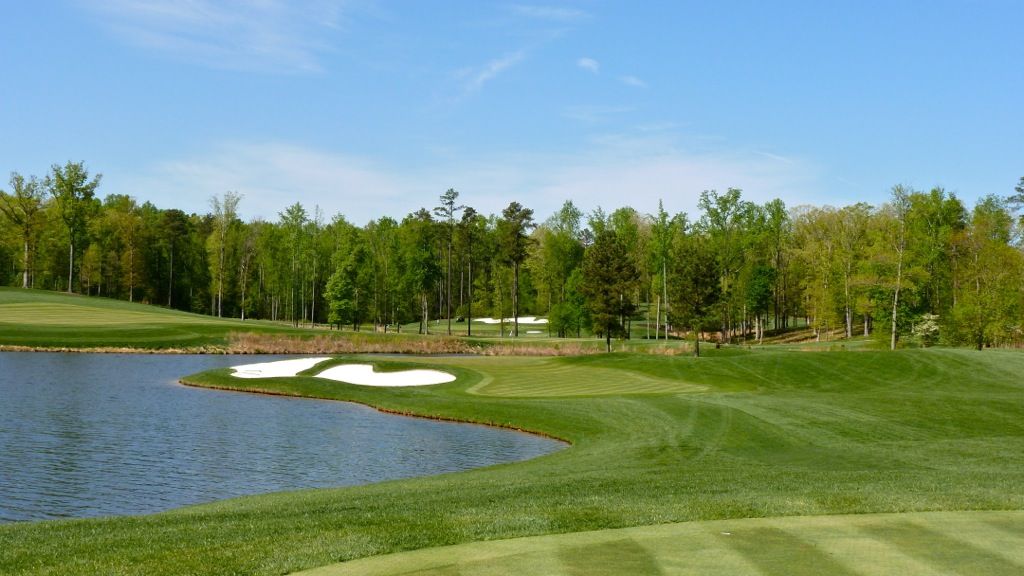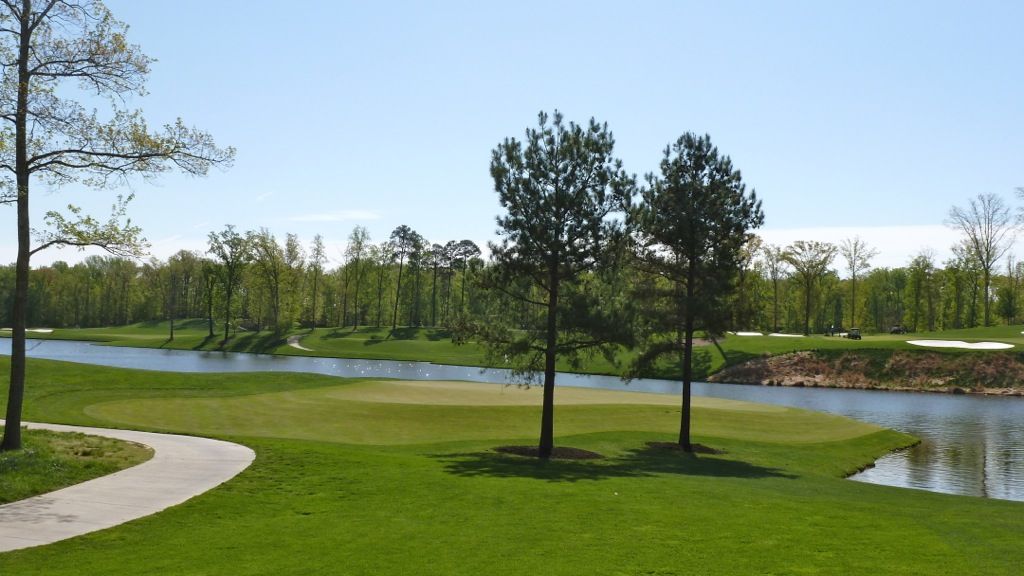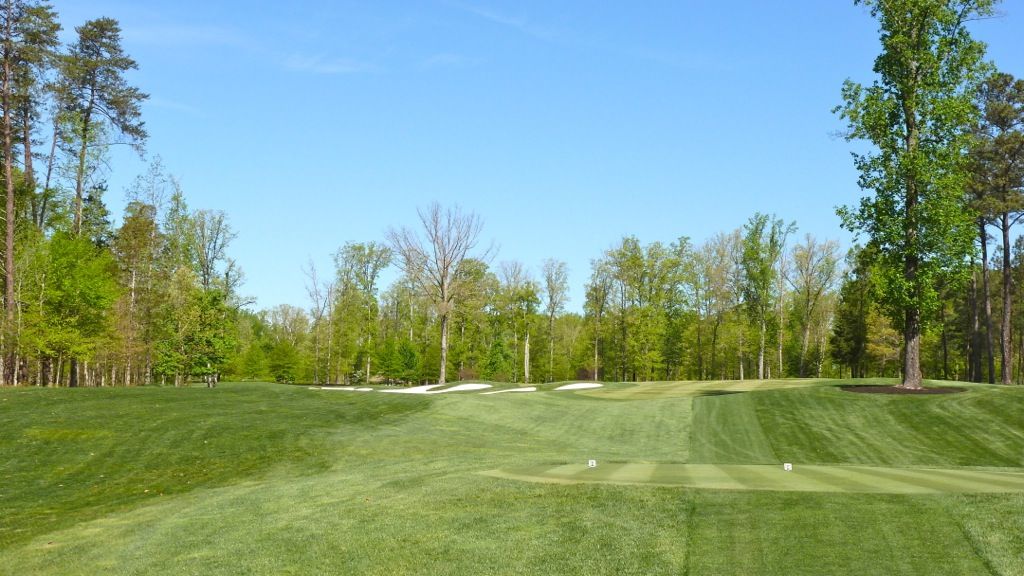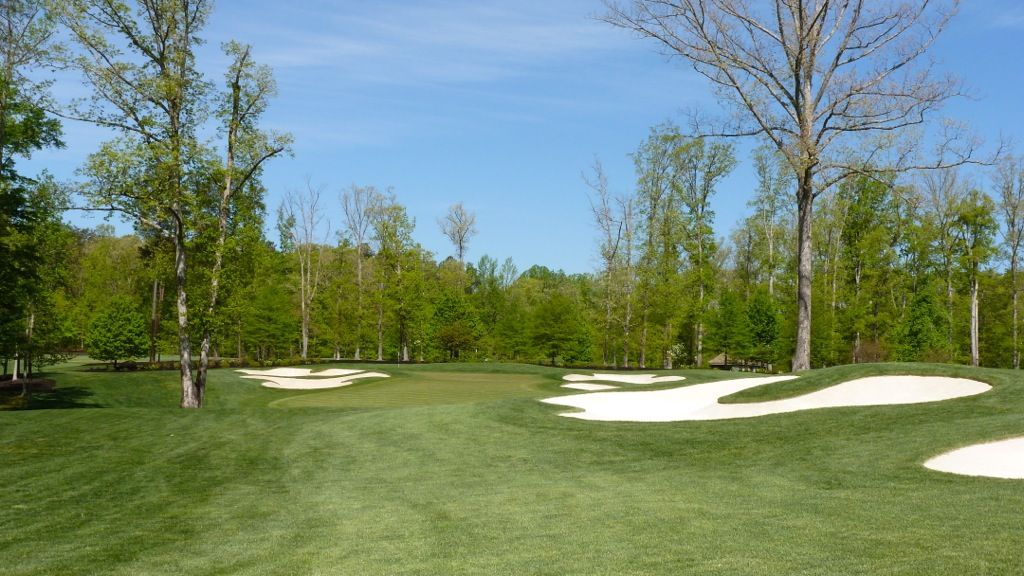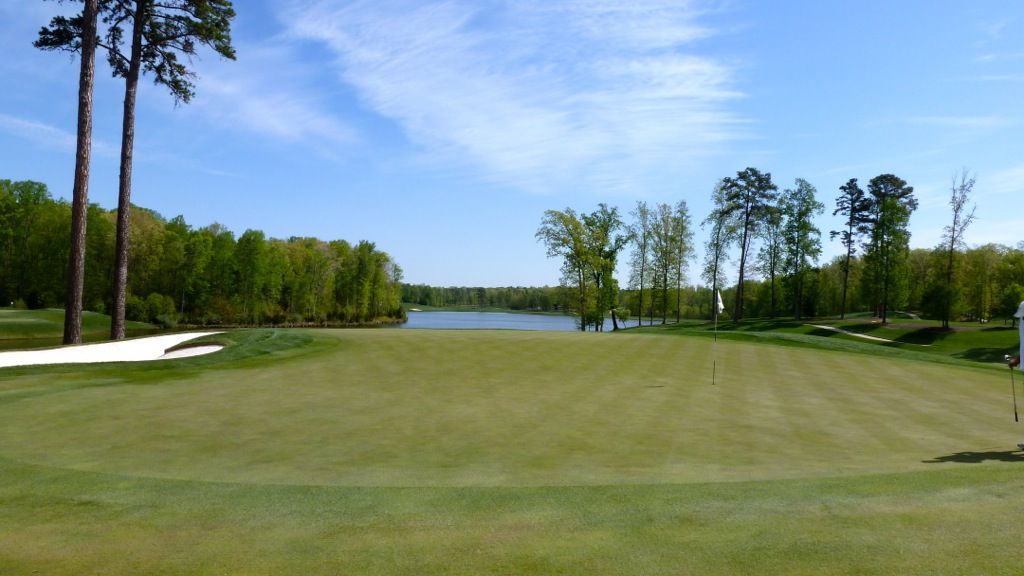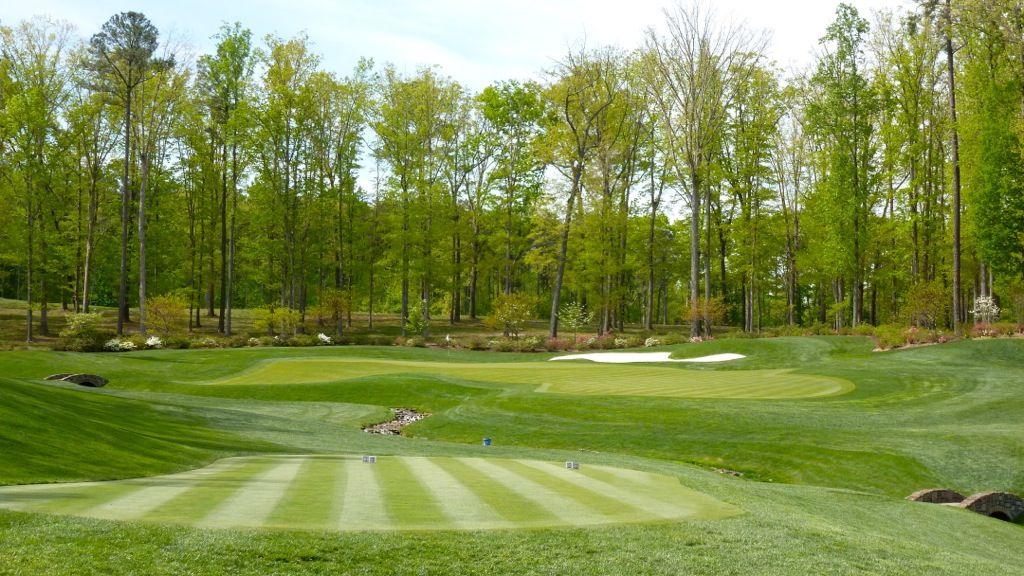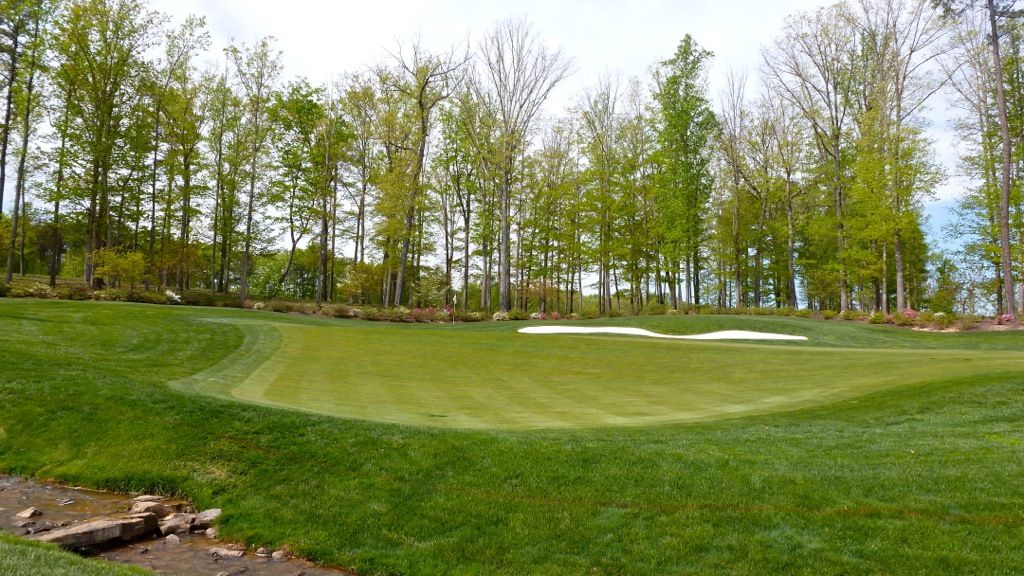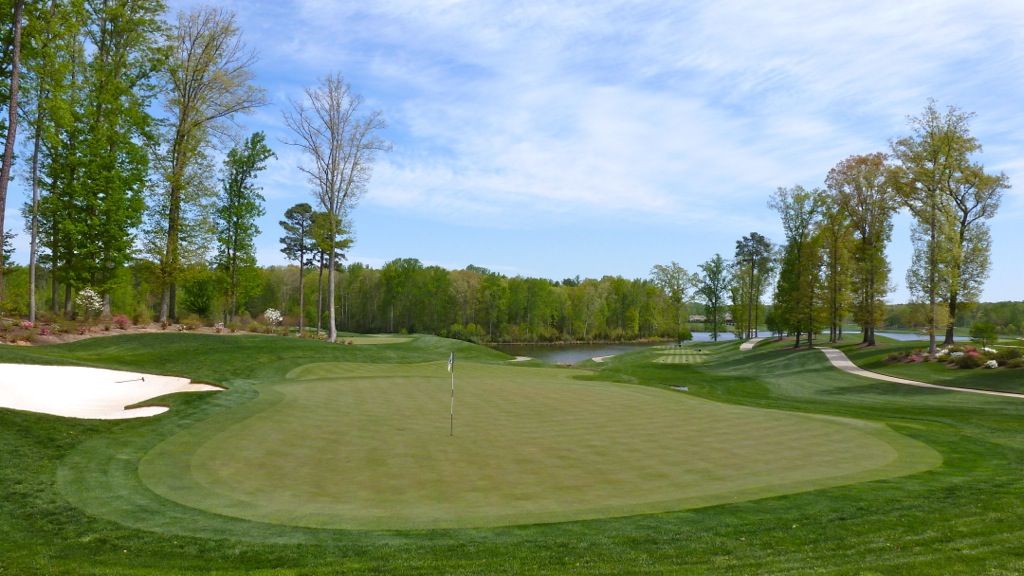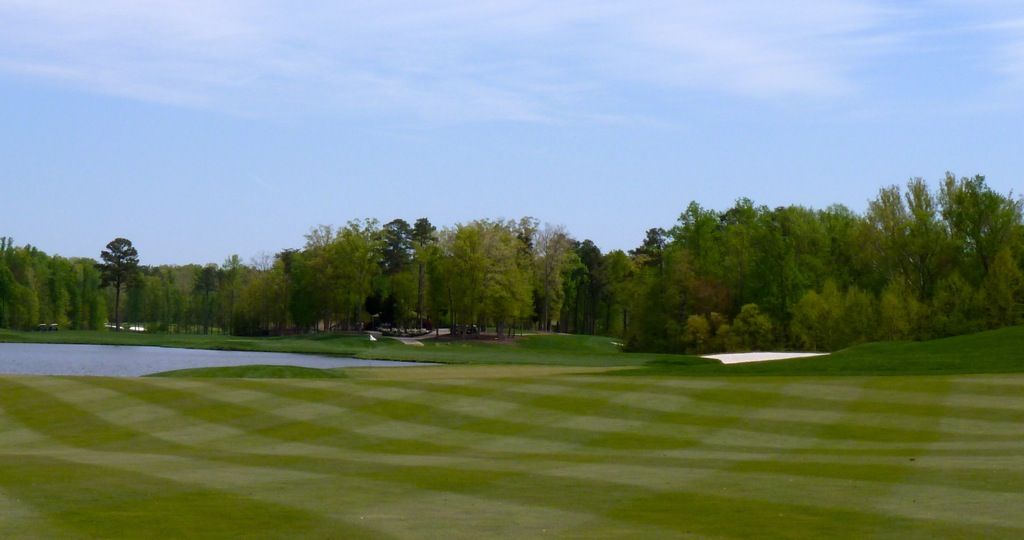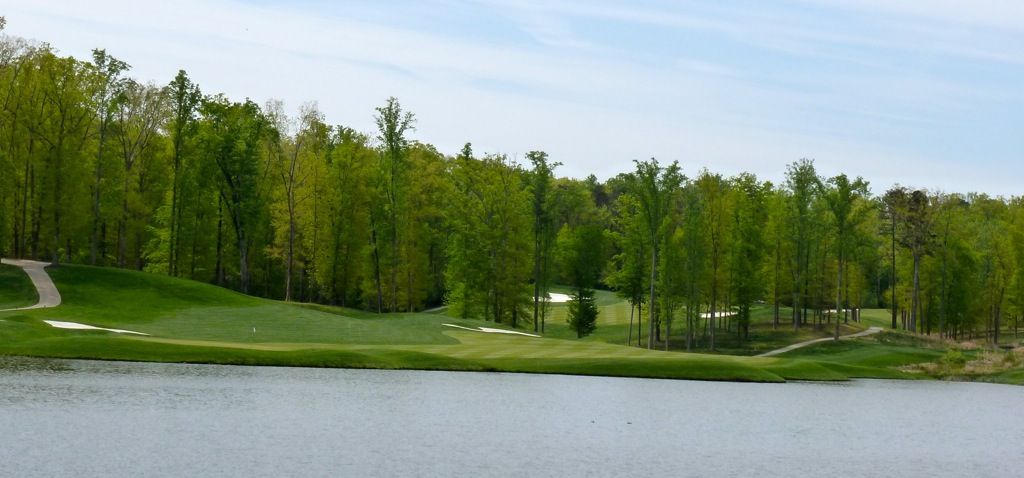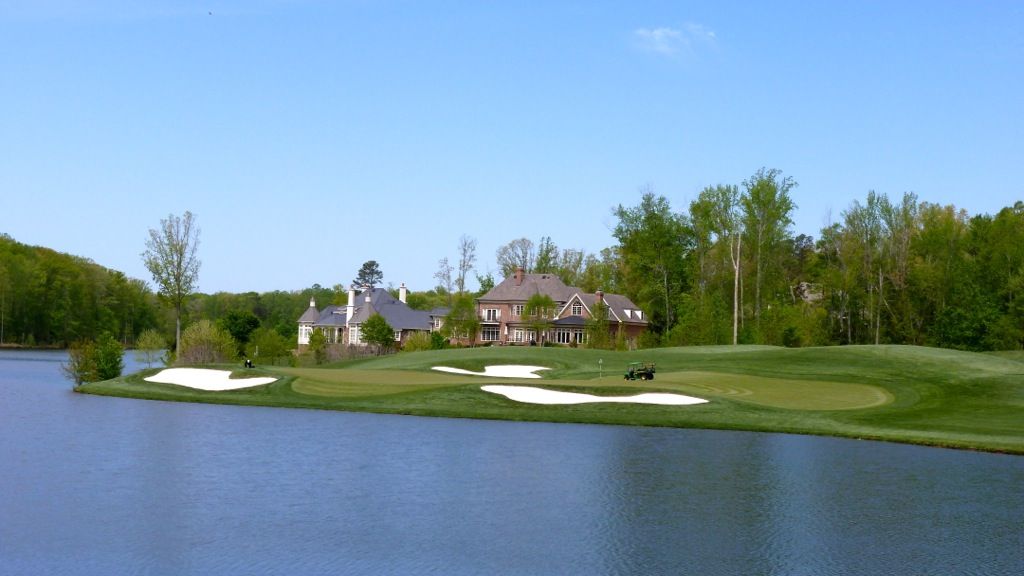Bethesda, Maryland, United States
Architects: Devereux Emmet (1924), Renovations by Robert Trent Jones Sr. (1957), Rees Jones (1989, 2006)
7,574 Yards, Par-71
Course Rating / Slope: 75.4 / 142
My Quick Review: A true championship test on ideal parkland terrain.
I have to admit, I came into Congressional with muted expectations. I was warned that the golf course is a long, boring slog that has been Rees Jones-ified. I suppose to some extent I agree with the critics, but with the knowledge that Congressional has been modified to be a 'championship' test, I came away pleasantly surprised (I feel the same way about Atlanta Athletic Club).
Thanks to a miscommunication between me and the Club secretary, I played Congressional alone. I have to say, as much as it's nice to have a caddie or someone familiar with the course to show you around, it really is a cool feeling to tee-off on the first hole knowing you are going to discover the golf course on your own.
What you don't get a feel for on the first couple of holes is the wonderful land movement. No matter how redundant the bunkering, or poor the mowing lines, Congressional will always be blessed with near ideal parkland golfing terrain.
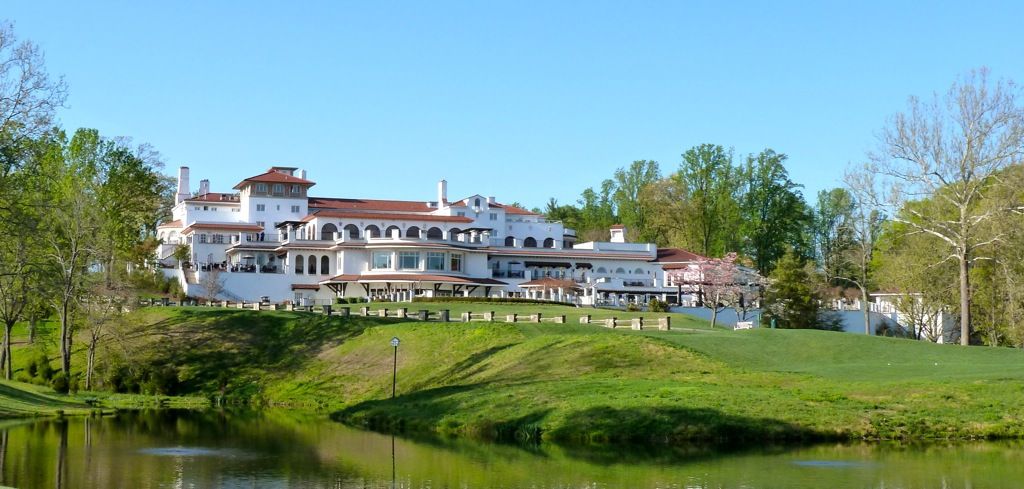
At the 1st, the golfer finds a demanding tee shot with fairway bunkering flanking the fairway (typical) and a simple, oval green that relies predominantly on tilt over contour (not typical).

The second is another demanding hole (I should stop using the word demanding as near every hole 'demands' a lot from the golfer), an uphill 220 yard par-3 to a tiered green:

The 3rd is the front half of two long up and back par-4s over rolling terrain. The third hole moves left...

And offers a deep green with a ridge across its centre:

And the 4th moves right and though my picture did not come out, has a shallow and wildly contoured green:

The 5th is a 'breather' hole, a par-4 that plays under 400 yards:

Blindness from the tee on the 550 yard par-5 6th:

And an approach to a green with a swale in the centre set hard against the lake:

Another uphill par-3 at the 7th:

The 350 yard par-4 8th is the best hole on the golf course. One of a handful of holes that plays across the tilt of the land. The tee shot plays to a fairway that tilts hard to the right toward a lone fairway bunker.

Playing to the high side of the fairway leaves an approach that plays straighter into this sharply angled green:

A tee box cut into the middle of nowhere allows the par-5 9th to play over 600 yards. For most, the second shot will be a lay-up short of a steep drop-off 90 yards from the green:


After crossing the putting green and Gold Course's 1st tee, the golfer reaches the tee of the 10th hole, which is certainly one of the two most well-known on the course. Members sitting in the grill have an excellent view of the 10th -- and I can tell you from experience that some will have a wry smile as one golfer after another dumps a ball in the water! This par-3 plays almost 220 yards from the back tees, and about 190 yards from the tees I played.

What is not easily seen on TV is the extreme contouring on this shallow and angled green:

The 11th is a picturesque uphill par-5 that plays as a par-4 for tournament play:

Another good green, this one has its front portion split down the middle by a steep spine:

The 13th is another uphill par-3 with a RTJ Sr 'winged' green:

The 14th is the first of back-to-back up and down par-4s. This hole narrows significantly in the driving zone...


And the downhill tee shot at the par-4 15th plays to a fairway that tilts toward runway bunkering:

The uphill approach from a sidehill lie demands perfection:

The 16th is a par-5 over rolling terrain...

That is capped by an awesome green that falls off on all sides:

The fairway at the par-4 17th runs out at 280 yards from the tee and a downhill approach is played to this clover shaped green:

While the approach to the 18th is iconic, I did not know what the tee shot looked like. It is completely blind...

And plays to a fairway with extreme right to left tilt. The approach is to a peninsula green...

That is separated back and front by a steep ridge:


